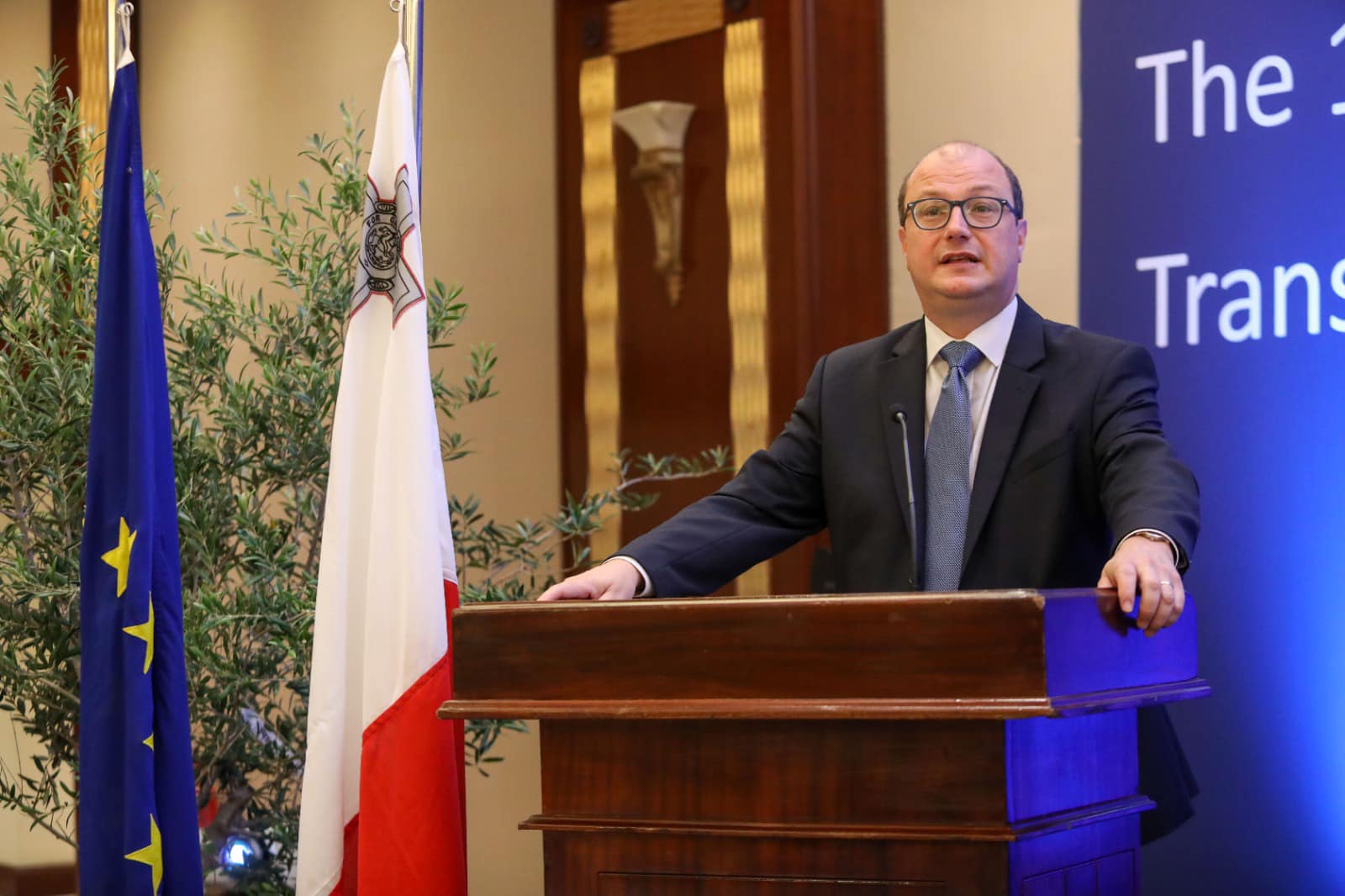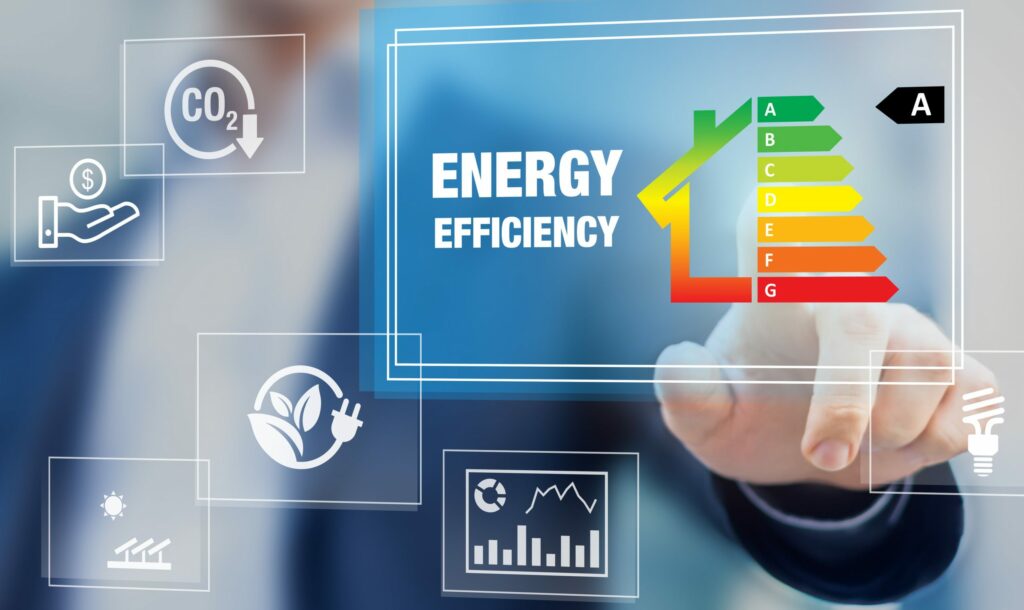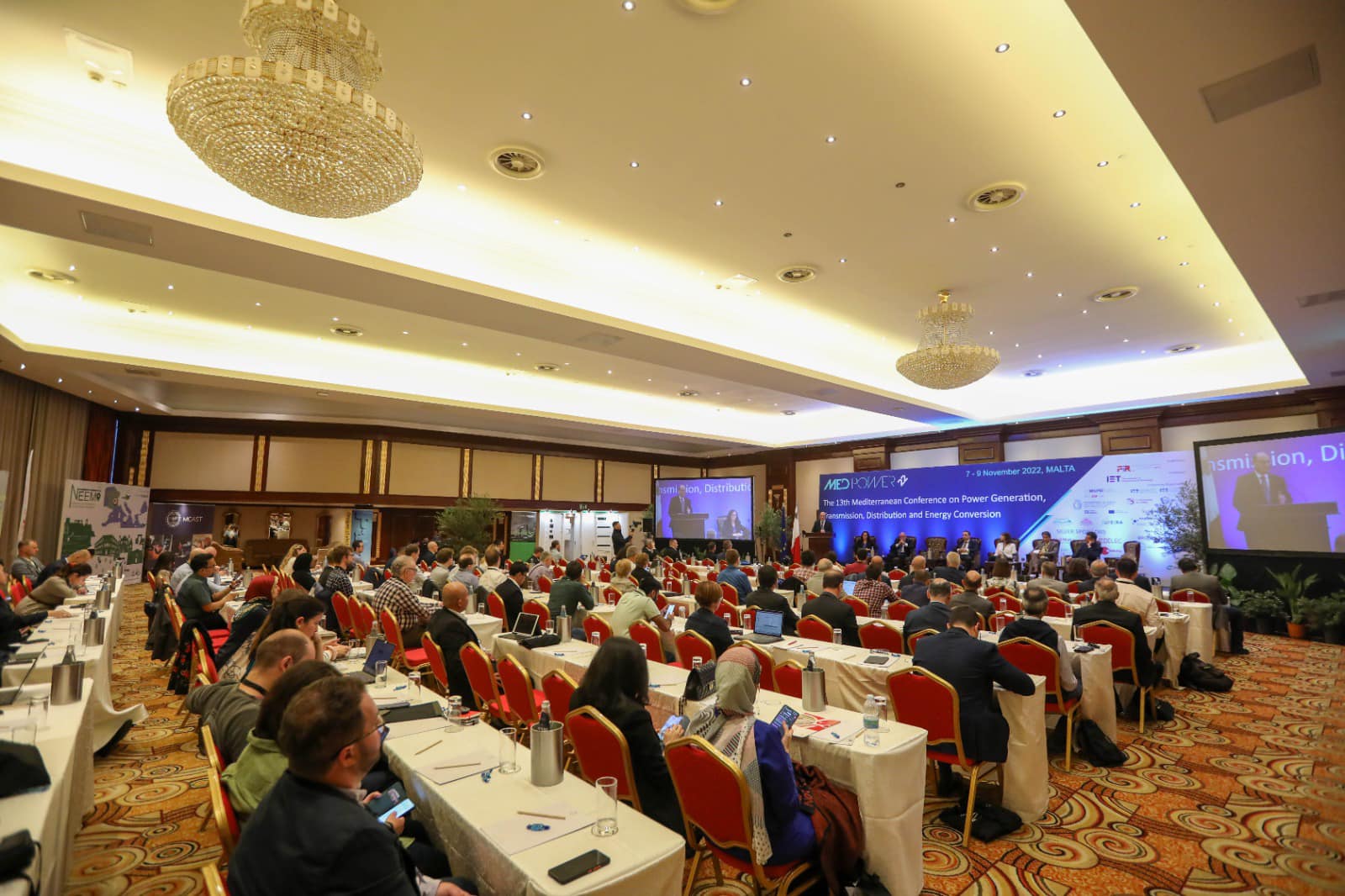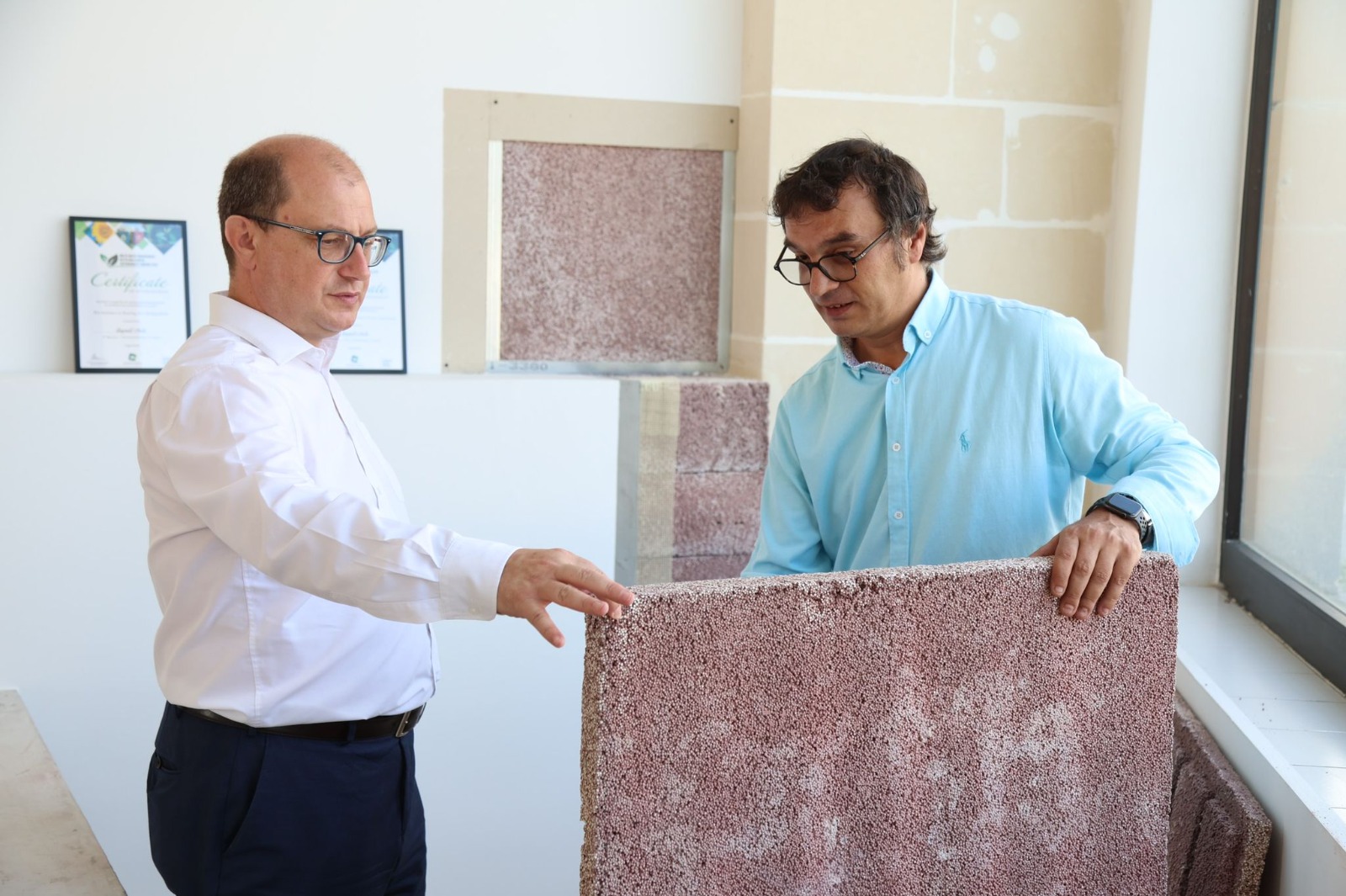The MEDPOWER2022 conference organised by The Foundation for Innovation and Research – Malta, has been an excellent opportunity to exchange ideas, and chart the way forward, with experts in the field of Power Generation, Transmission, Distribution and Energy Conversion – namely engineers, researchers, scholars, and technicians as well as companies and private ventures.
The focus of my speech on the opening day of the conference was on Energy Efficient Buildings – a priority for my government. There are decisions which we cannot afford to postpone – Energy efficiency in buildings is one of them.

If we truly want our country to reach its environmental goals regarding emissions, energy-efficient buildings are a must. We must address the inefficient nature of today’s buildings and the time to act is now. Energy efficiency not only saves money, and provides a cleaner, healthier environment but it also creates jobs. It is an important contribution to achieve our 2050 decorbonisation goals.
On paper, the Energy Performance Building Directive and the Energy Efficiency Directive are EU directives. They set out how Europe can achieve a zero-emission and fully decarbonised building stock by 2050. It is estimated that by 2050 the Earth’s population will have grown by 3 billion. Now is, certainly, high time to build energy efficient buildings and retrofit existing building to achieve energy efficiency.
The global energy crisis means that more energy efficient buildings are needed. The European Commission estimates that Buildings are responsible for approximately:
- 40% of EU energy consumption
- 36% of the energy-related greenhouse gas emissions
Together, the directives promote policies that will help
- achieve a highly energy efficient and decarbonised building stock by 2050
- create a stable environment for investment decisions
- enable consumers and businesses to make more informed choices to save energy and money
But in essence, these EU Directives are about a better standard of living, a greener, healthier environment. Better homes. Cleaner energy. Healthier lives.
The entire building and property sector must update and adapt itself to these realities.
Behavioural changes, by building users, developers and building professionals, are needed to achieve action on energy efficiency. Potential property owners must be made aware of the energy efficiency factor in buildings they may be acquiring. It is essential that potential buyers are made aware of energy efficiency in buildings to further instigate a greater demand for such efficiency in buildings.
There are no ifs, and buts. We must be bold. It’s in Malta’s, and its environment, and its’ people’s, interest to be bold and induce further change in the property sector.

The Energy Performance certificate that certifies the energy efficiency of each building will gain more importance. There are clear indications that the energy efficiency of each property will begin to affect whether a person obtains bank financing and the price of that financing.
Government’s commitment is to make Malta an economy that is almost free of emissions. It is a strategy which is central to the development of the economic model of the future – the near future.
Our target is to reach the 2050 Sustainable Development Goals as declared by the United Nations and we shall lose no time, and effort, in reaching these targets. Significant improvements, in the use of renewable energy, have been made. According to the National Statistics Office (NSO) during 2020, the harvesting of renewable energy from grid-connected PV systems was estimated at 233.1 GWh, an increase of 20.5 per cent over the previous year.
The domestic sector has been the primary consumer of PV installations, accounting for 93.6 per cent of the total stock of PV installations. Budget 2023 has now extended the installation of PV panels for residential houses and renovations of private sector buildings. In 2020, the stock of PV installations amounted to more than 29,000, compared to roughly 27,000 in 2019, an increase of more than 6%. In 2018, it amounted to less than 25,000 installations.
Robust economic growth is a trademark of the current administration, and the construction sector is a major contributor to this growth. In the first quarter of this year, contracts worth nearly three quarters of a billion euro were signed.
This was the best first quarter data ever to be recorded in our nation’s history. The average value per contract was 11% more than that observed in the same period in 2019, before the pandemic started.

Latest figures from the National Statistics Office show that apartments made up more than 70 per cent of the total number of approved new dwellings. But we must upgrade our standards in the planning and construction sectors. Banks are indicating that the energy efficiency qualities of a property and the size of a property’s carbon footprint will directly affect qualification for bank finance, and the cost of such financing for instance.
I expect commercial banks to be amongst the main stakeholders on this matter – especially in rolling out an information campaign to customers explaining the new procedures that shall be adopted from their end. Let me be clear: the way forward is not based on draconian measures. We need a sensible and reasonable evolution clearly intended to ensure that the property stock available is more energy efficient.
Energy efficient properties are in the public interest – and the changes that we would like to see are no excuse, for anybody, or anyone, be they developers, be they banks and other financial institutions, to complicate peoples’ lives and or adopt heavily bureaucratic procedures. We shall allow none of that.

In planning new buildings, both private and public, we must seek to speak a new language: the language of renewables, energy efficiency, better insulation of the buildings, reducing heating, cooling, ventilating, applying climate-sensitive design techniques, energy-efficient light sources, and advanced lighting technologies – these must be given primary importance.
I encourage you all, professionals, and businesses, to take the lead. Government is committed to provide the right incentives. Let us all join forces to make this change happen. Let us, together, walk the talk in both domestic, commercial, and public buildings. The cost of inaction is too high.
This requires radical changes in the way we build but also radical changes in the way we think, act, and behave. It is a unique technological, social, and financial opportunity that should not be lost.


